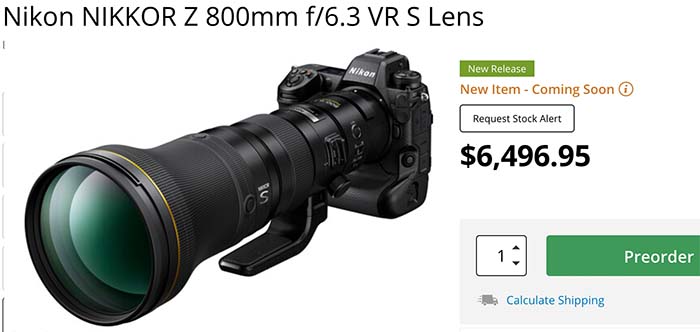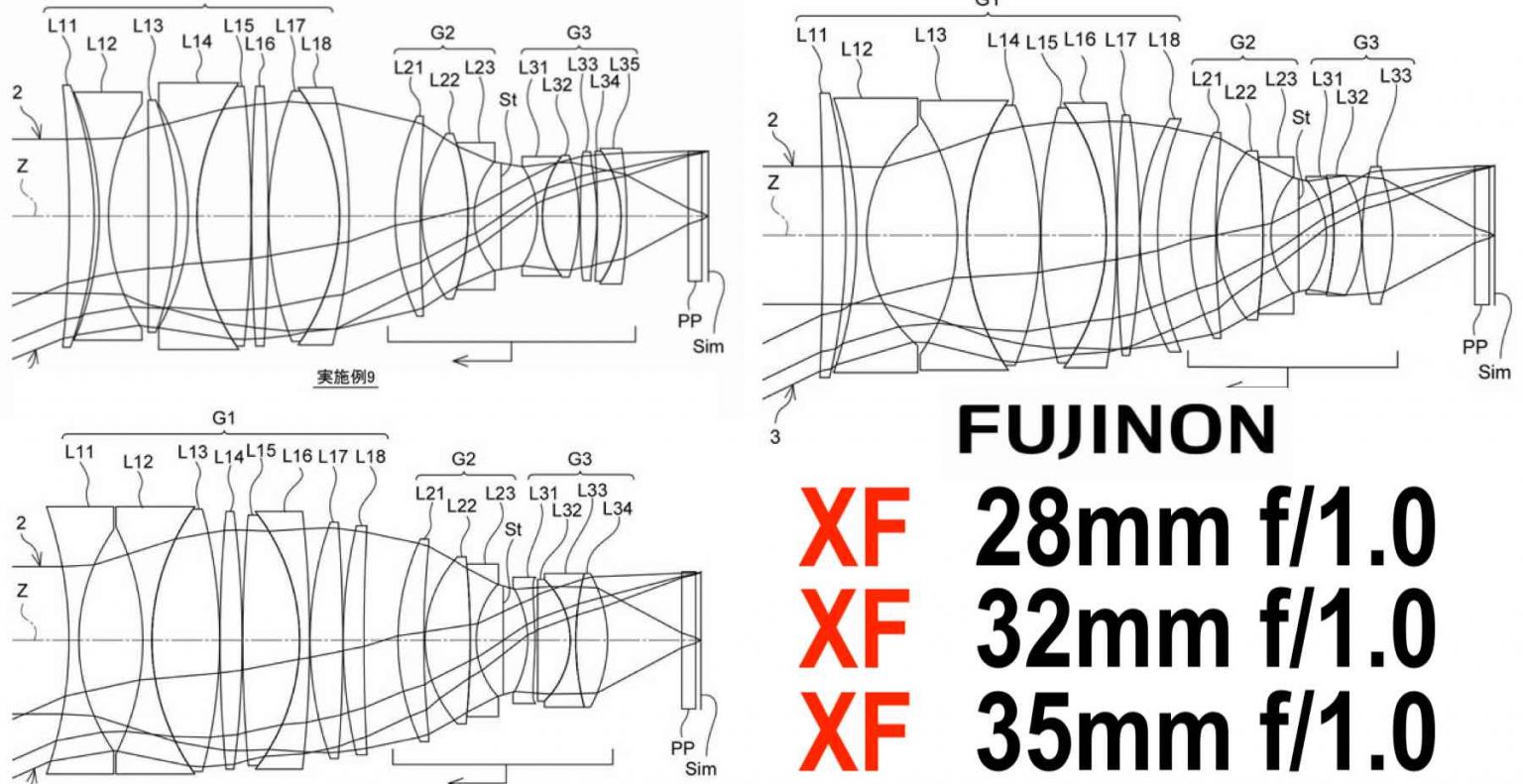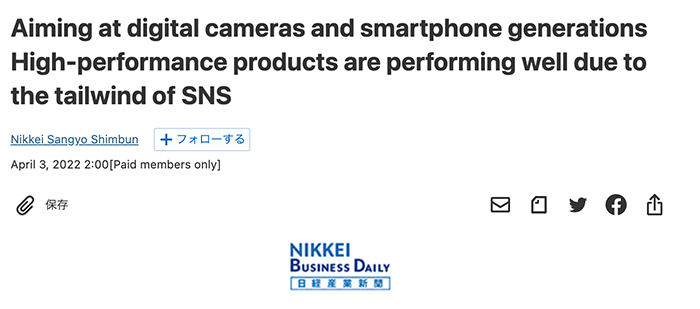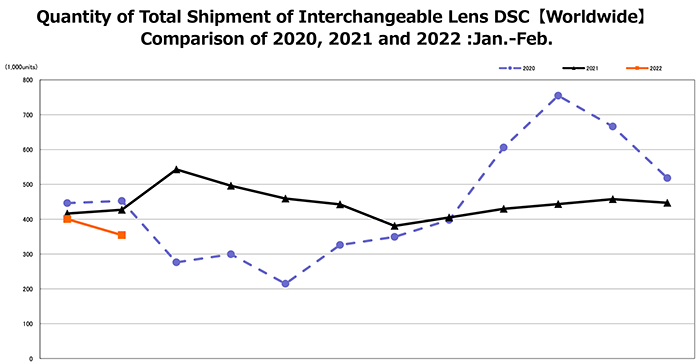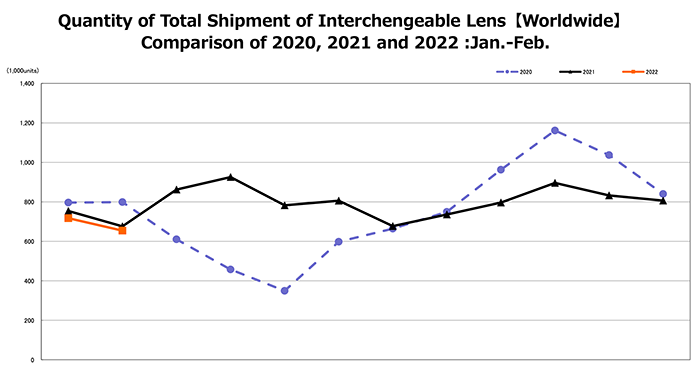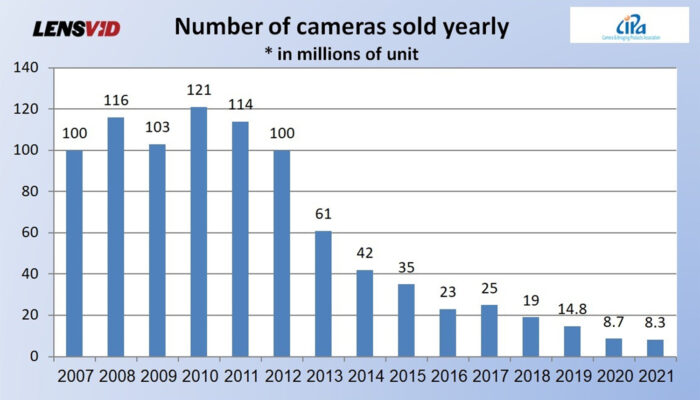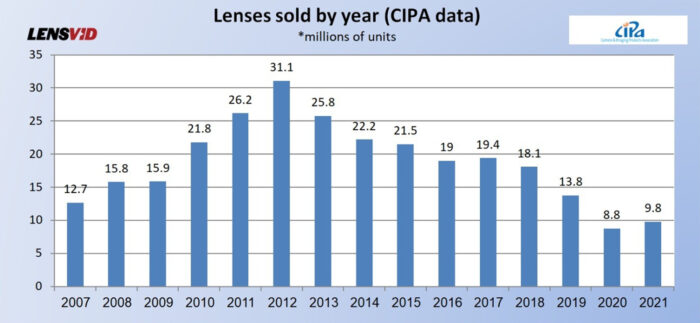Nikon Medium-Term plan published: Focus on having 50 Z-lenses, improving video capabilities and remote control
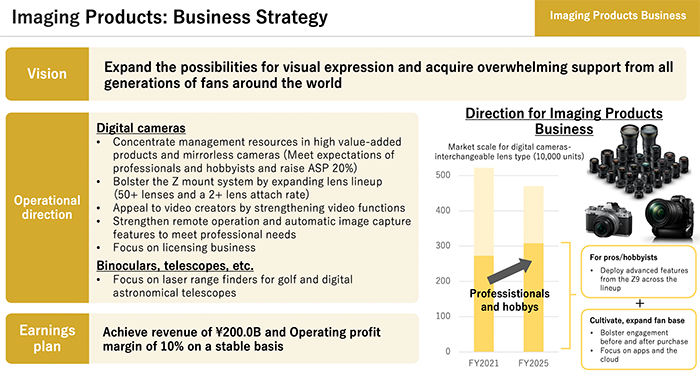
Nikon published their midterm plan goals. Her egis the part regarding the camera business:
Management policy: Digital camera
- Concentrate management resources on high-value-added products and mirrorless cameras (meeting the expectations of professionals and hobbyists, improving the average unit price by 20%)
- Expanding the lens lineup to create a strong “Z mount system” (50 or more lenses, lens attachment rate of 2 or more)
- Strengthen video functions and appeal to video creators
- Enhanced remote control and automatic shooting functions to meet professional needs ・ Focus on licensing business
Dclife summed up the plan (google translated text):
Regarding the concentration of management resources on high-value-added products and mirrorless cameras, we can see that we will develop products that respond to professionals and rock formations in the same direction as before, but this time a new wording has appeared. We can see that the plan is to raise the average unit price by 20% . The Nikon Imaging Business has been promoting structural reforms that generate profits with sales of 150 billion yen, but as we are seeing that, in this medium-term management plan, ” Sales of 200 billion yen and an operating profit margin of 10%. “Clearly aiming for.
The plan to line up more than 50 Z lenses is also revealed. Nikon plans to have 36 Z lenses (including teleconverters) by 2023 on the Z lens roadmap, but it is likely that more than 50 Z lenses will be lined up in 2025.
In addition, it is also clear that we are aiming for a lens attachment rate of 2 or more. The lens attachment rate is the number of lenses sold divided by the number of cameras sold. Revenues will vary greatly depending on whether individual customers purchase a second or third interchangeable lens only for interchangeable lens system cameras.
Nikon has a strong image of “still images”, but the flagship model “Z 9″ has taken a big step toward supporting 8K video, and it seems that future Z cameras will enhance the video function without a sanctuary. This time , it is described as ” strengthening the video function and appealing to video creators “, and whether or not it is planning a ” video-oriented camera ” such as Sony “α7S III”, Panasonic “S1H” and Canon “EOS R5 C” . Where you are interested.
I ‘m also curious about the phrase ” focus on the licensing business .” Nikon has already started a license agreement with a third-party lens maker, but I can imagine that “NIKKOR lenses” will be used for smartphone lenses, for example.
What we want to be: Expand the possibilities of video expression and gain overwhelming support from fans all over the world across generations
The order has been reversed, but finally I would like to touch on the slogan of the video business. In this medium-term management plan, the vision of the video business is a fairly high goal of ” expanding the possibilities of video expression and gaining overwhelming support from fans all over the world across generations .” This is not only for finished products such as cameras and lenses, but also for video content (video production technology) in a wide range of applications from B2B to B2C as a growth driver, and we can see that we want to develop into a comprehensive business. * Nikon has announced that it will enter the ” next generation video content business “.
Also, I am focusing on ” digital astronomical telescopes ” with telescopes, and I am wondering whether it will be Nikon’s original digital astronomical telescope or a digital astronomical telescope in collaboration with Unistella .
